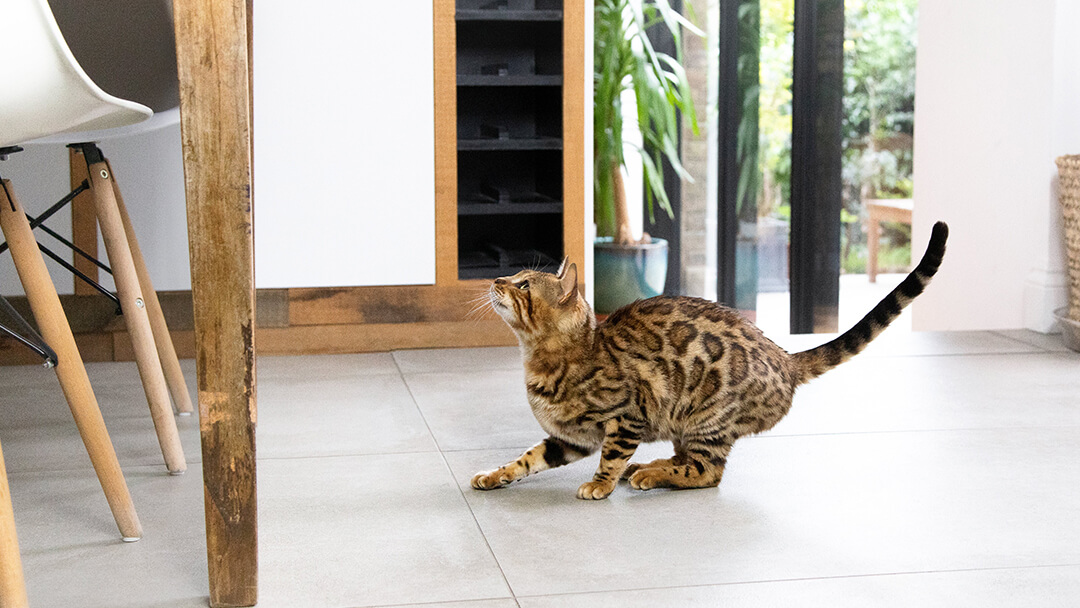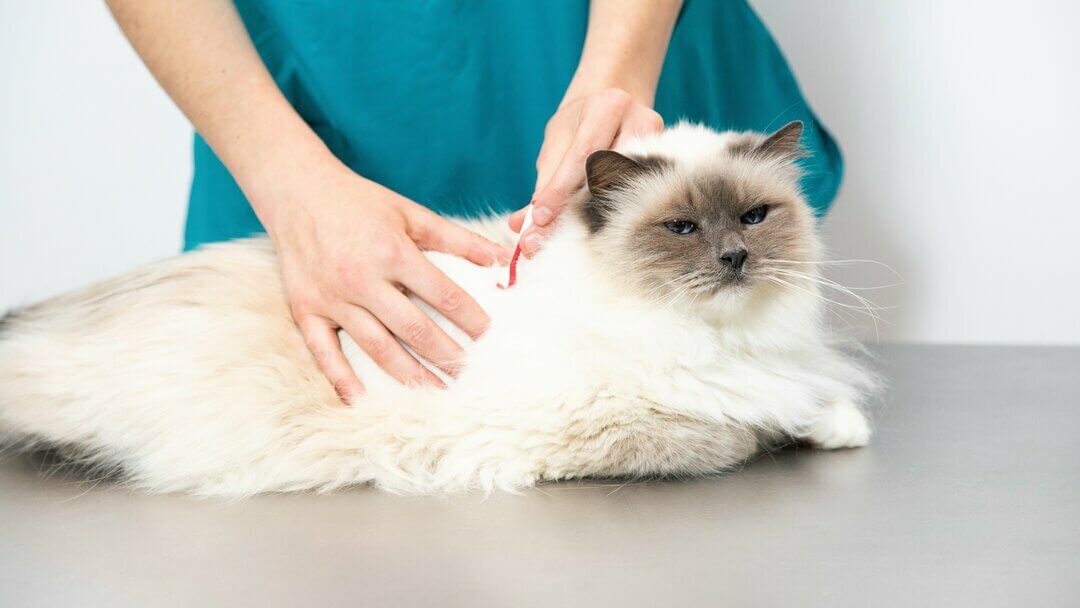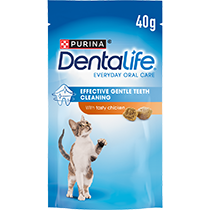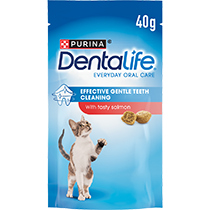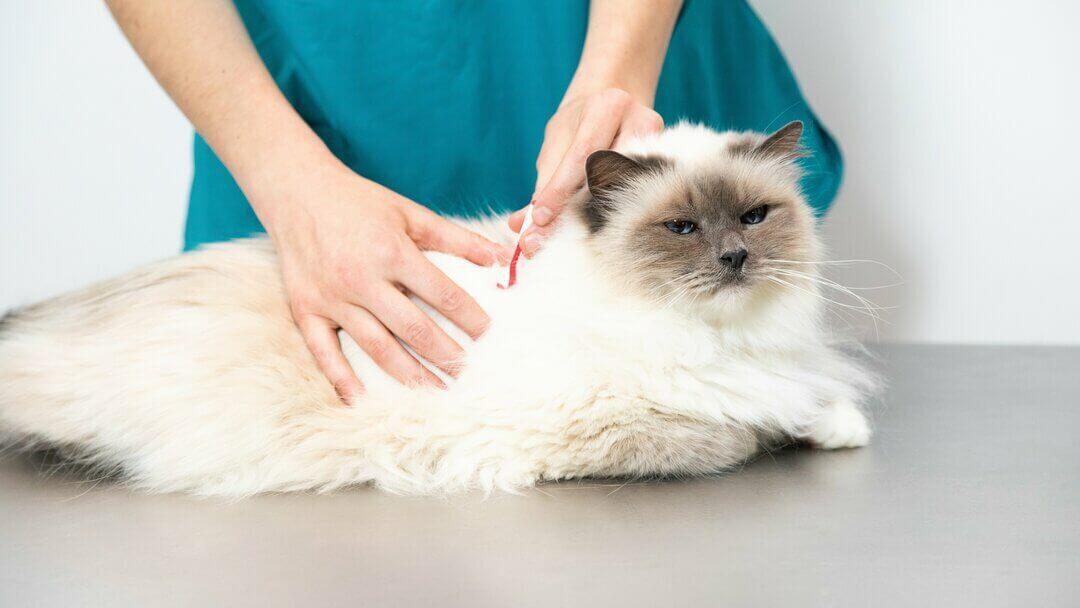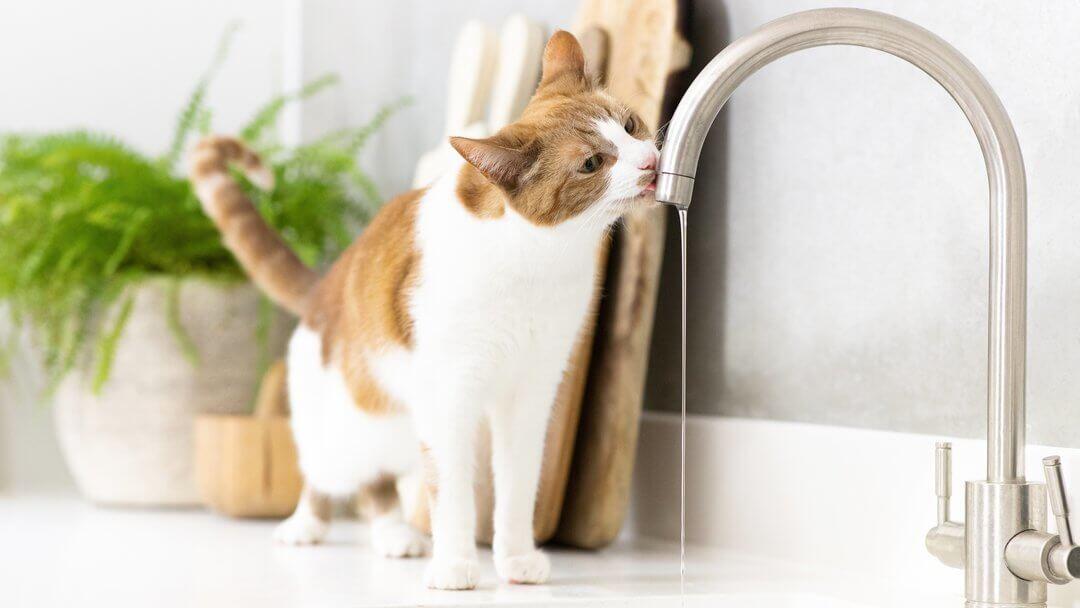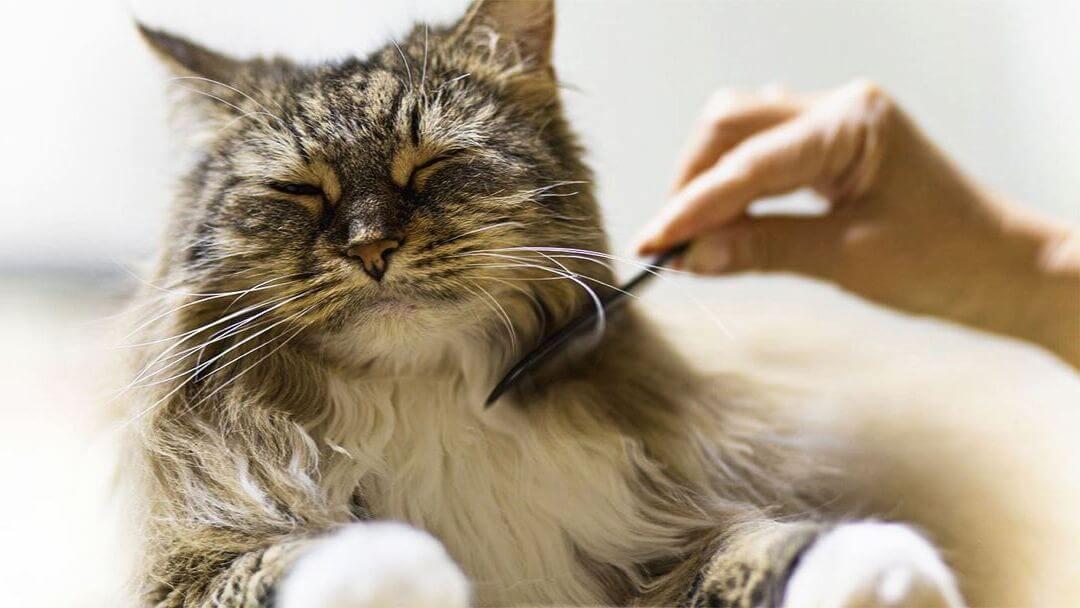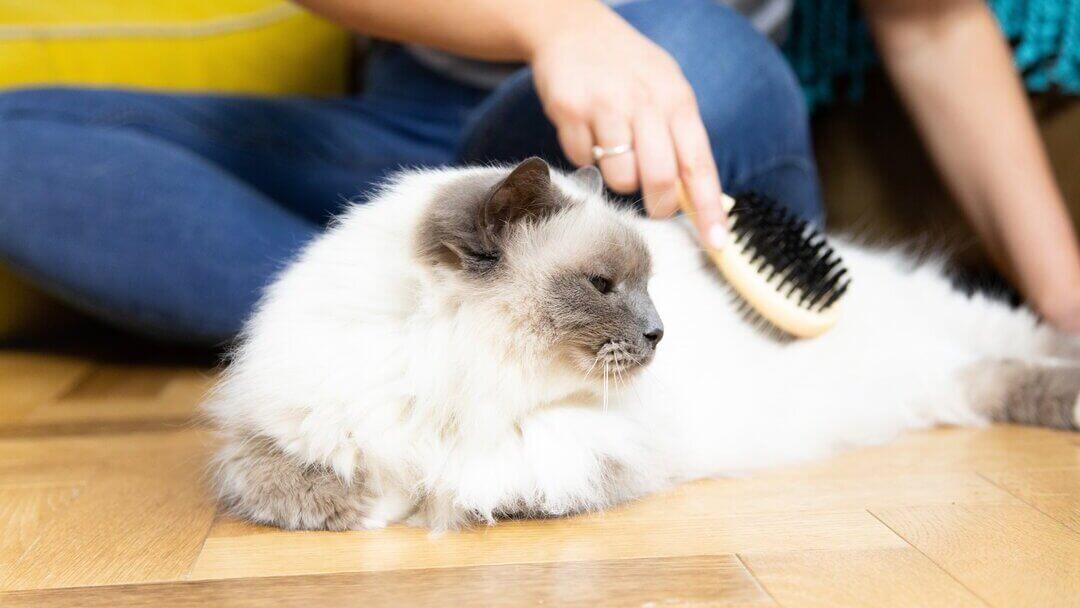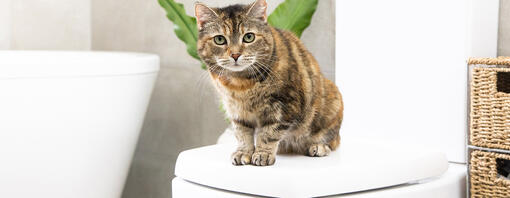
How often should you bathe a cat?
In general, cats should be given a bath once every 4-6 weeks, depending on how often they groom themselves, and the environment they’re usually in. If your cat is more outdoorsy and soils itself while playing, it’s a good idea to help with the grooming process as they alone won’t be able to properly get cleaned. The same applies when the cat is either elderly or overweight.
Hairless breeds, however, require more frequent grooming due to their production of excess oils, so you should consider giving them a bath once per week.
Before you bathe your cat
Get everything you need in one place, so that once you’ve started bathing your cat, everything is within easy reach. You’ll need:
- A large plastic bucket, sink or bath (lined with a non-slip floor mat) to use as a cat bath.
- Specialist cat or kitten shampoo. Find a mild all-rounder with no harsh chemicals or perfumes. Never use human shampoo, as it’s unsuitable for cat hair and skin due to the difference in pH levels.
- A cat conditioner if required. Again, don’t use a conditioner for human hair.
- A towel or two.
- A brush to help remove any matted fur and knots.
How to bathe a cat?
Choose the right time
To ensure that bathing becomes a positive experience for your cat, you have to choose the right time. If they are too alert or seem irritable, things can go south quickly, so it’s best to do this when they’re more mellow and tired.
Maybe play a few games together and get all that energy burned off before hopping in the bathroom.
Prepare the cat
Next, you should trim the nails to avoid any possible scratches and brush the cat’s coat to get rid of all the dead skin and hair. It’s also a good idea to use cotton for their ears, which should be inserted before bathing, to avoid any excess water from draining into the ears and causing them discomfort.
Place everything you need at hand
In order to make sure that everything goes smoothly, place a rubber mat or a folded towel in the sink or tub. This way, your cat will be able to stand properly on a non-skid surface, without slipping which will help them to be calmer.
When trying to wash off something unpleasant or irritant of your feline friend, always use gloves in order to protect your skin. If, however, they’ve come into contact with toxic substances, it’s best to take them to the vet first.
Treats are also good to have around so that you can use them as positive reinforcement for good behavior. As eating is an enjoyable experience, the cat will learn to associate bathing with positive feelings.
Bathing and drying the cat
Firstly, fill the bath with just enough warm (not hot) water to wash your cat and lower them gently into it. Don’t overfill, as this will just make your cat more anxious! Also, the sound of running water usually unsettles cats, so it would be best to do this before bringing them into the bathroom. For that same reason, avoid using the shower head when bathing cats and instead use a small jug for more efficiency and for their comfort.
Next, use an unscented cat shampoo and make a solution out of 1 part shampoo and 5 parts water. There’s also the possibility of your cat developing allergies to certain shampoos so make sure you patch test them first before using them on their entire body.
Another important thing is to take it slow and minimize loud sounds that might unsettle the cat. For cleaning the face, always use a wet washcloth and wipe gently.
For the final part of your cat’s bath, wrap them in a large towel to dry them off. A blow dryer can also be an option as long as you use it on the lowest setting, but it depends on the cat’s sensitivity to the noise. Most cats usually find the noise too unsettling, so it’s best to give them a good rub in a nice, soft towel.
After each bath, along with offering treats, make time to praise them for their good behaviour and show them lots of affection. There you have it, that’s it – your feline friend is all clean now and probably ready to go back to playing.
Benefits of bathing cats
There are numerous benefits of bathing a cat, from a healthier coat and a reduced presence of dandruff to the elimination of parasites or dead hair. While bathing your cat can be beneficial to their health, it will also significantly improve the way they smell and the amount of hair they shed, especially if we’re talking about long and soft-coated cats.
Need more tips on caring for your cat? Read our guide on how to properly groom cats, next.




